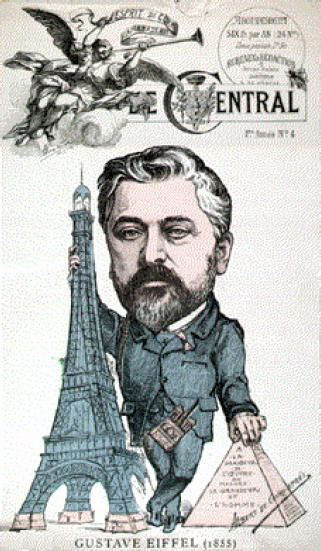Tube paints provide the freedom to paint out-of-doors, formerly, painters mixed pigment in their studios. This no fuss no muss ability is revolutionary to the world of painting; it is the catalyst announcing Modern Art, and the Passing of the Renaissance era. A distinctive style and a new technique of painting is born. Beginning with Monet, successive paintings, in this collection, illustrate change and the differences between Modern and Renaissance painters. The London based, Winsor-Newton Company invented and manufacture tube paints. This image is of their first tube paints, 1840 - 1911.
Henri Matisse (1869 - 1954) begins his life in a weaver’s cottage in a textile town near the Belgian border of France, on the last day of the year.
Appendicitis, brings art supplies to his bedside. “From the moment, I held the box of colors in my hands, I knew this was my life.” He forewarns his fiancée, Amelie, “I love you dearly, Mademoiselle; but I shall always love painting more.”
In April of 1906, Matisse is introduced to Picasso at a social gathering of artists in the Paris apartment of American art collectors Gertrude Stein and her brother Leo. A rivalry grows between the artists. Picasso says later, “No one looks at Matisse’s work more carefully than I; and, no one looks at mine more carefully than he.”
Matisse is known for his use of color, and bold patterns as a means of expression rather than description. He refreshes his point of view in Africa, Tahiti, and America.
Toward the end of Matisse’s life, the draftsman, painter, and sculptor’s health shifts his medium to paper collages. The results heap even more accolades upon him.

Modern, Expressionist movement (c.1880-1930) The years between 1890 – 1950 continue the ongoing industrialization of France, as it does in other countries of Western Europe and in North America.
The Eiffel Tower officially opens in 1889. An icon of “the city of light” and of France, the “Iron Lady,” as it she is affectionately known, rises a dizzying 1,064 ft. She is an emblem of the Industrial Revolution, in the heart of Paris, and a cornerstone of the Universal Exhibition.
Every movement is different. Expressionist painters just want to express themselves. This attitude was born in Germany and Paris as a reaction to the passive Impressionist style. Rather than chase sunlight, Expressionists return to the ease of working mostly in their studios.
Expressionists’ style brings a boost of energy to France and the rest of the Western art world. They approach the 20th century with confidence because their popularity is enormous.
Crockery on a Table is one of the treasures of The State Hermitage Museum. This video is a tour of the magnificent museum in Russia.

Go on to Describe, Analyze, Interpret & Conclude. Contact me for help.
Crockery on a Table 1900. Oil on canvas. 38 x 32 in. (97 x 82 cm.) Most of the works Matisse produces between 1898 and 1903, are not dated, but this work is unusual because it has both a signature and a date. Scholars identify it as the most important still life he paints in this year.
Matisse’s color combinations amplify their brilliance. Primary colors, red, blue, and yellow pull the work together. Don’t miss the deep blue and dulled cold red reflections on the hot chocolate pot, the matching soup tureen, cup and saucer. In particular, the exotic lilac and warm reds, express volumes.
Notice how the weightiness of the pot balances the other objects and anchors the work. The black handle invites you to grasp it and serve yourself.
This Still Life is one of the milestones on Matisse’s path to his realization that color is the first element in painting. The art world considers this image the finest of its time, and certainly among the top few.